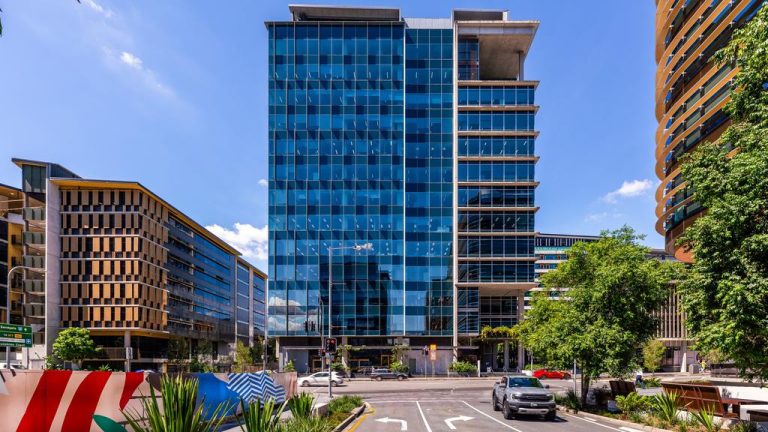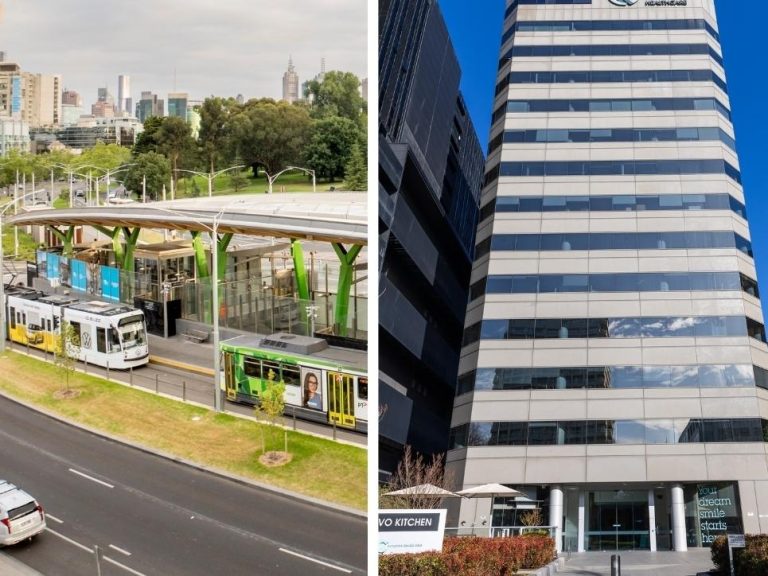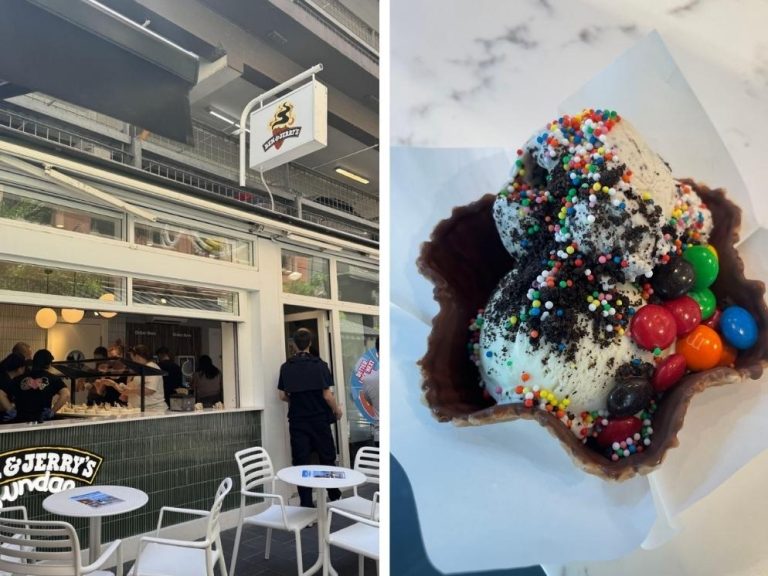Brisbane’s commercial property market set for Olympic boom
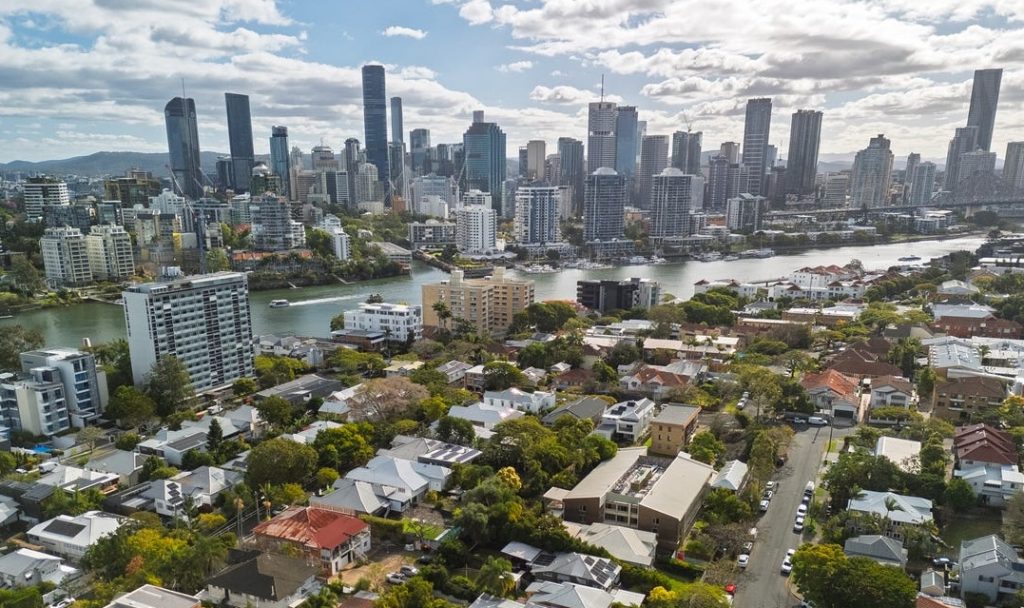
Brisbane’s Olympic Games might be another seven years away, but the real estate boom has hit early.
Brisbane’s real estate market is hotting up ahead of the 2032 Olympic and Paralympic Games as buyers look for pockets of opportunity to capture a share of the booming market.
Underpinned by $7 billion in Games-related infrastructure investment already fuelling demand for office space in engineering, construction and professional services sectors, office completions this decade are tracking 34% below the previous 10 years in the city and 51% in the fringe market.
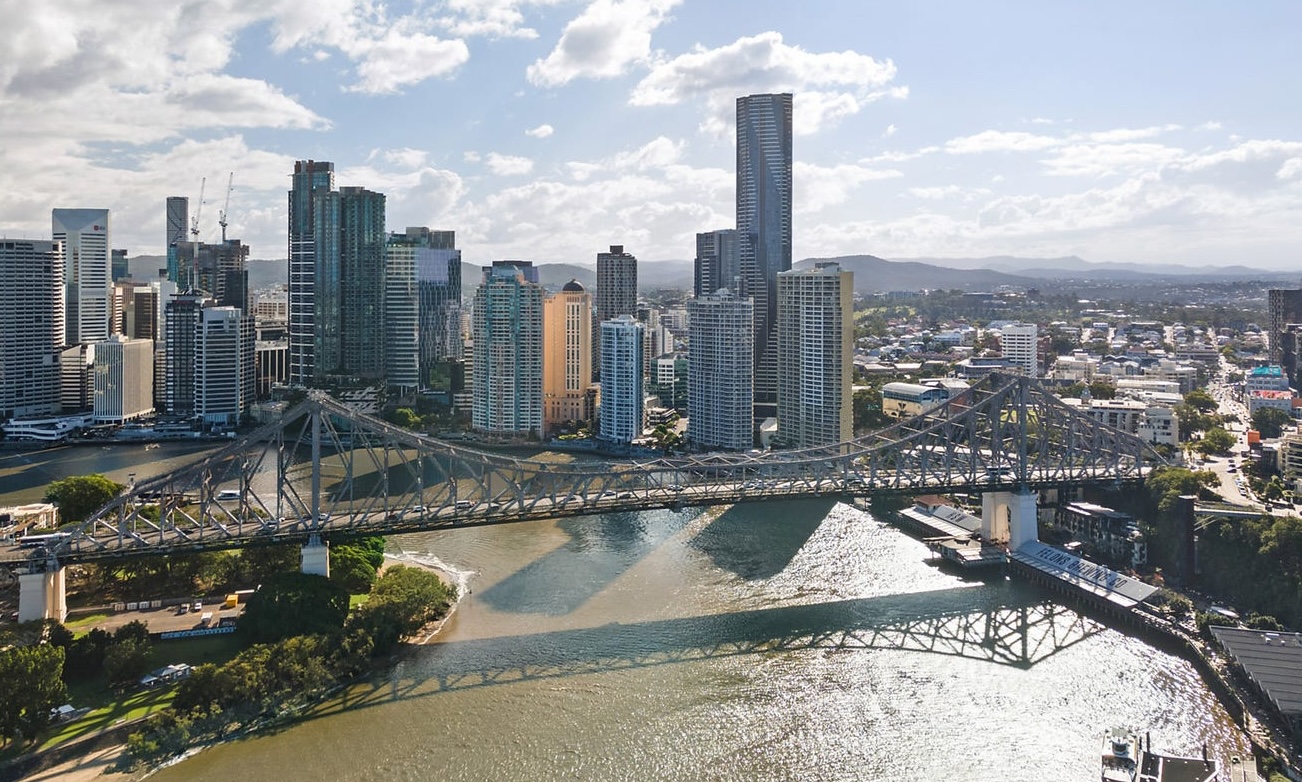
A new report says an emerging corridor stretching from Bowen Hills to Woolloongabba is undergoing an Olympic boom. Picture: realcommercial.com.au
The government spend includes enhancing Queensland’s transport network, new rail lines and stations across Brisbane, development of the northern and eastern bus corridors, upgrades to the M1 motorway and the introduction of a rail line linking Maroochydore and the Sunshine Coast Airport.
Real estate agents have been working to quantify the size of the opportunity since the announcement that Brisbane had won the rights to host the Olympic Games.
According to a report by Colliers, the golden rings of opportunity include Brisbane suburbs of Fortitude Valley, Spring Hill, Roma Street, Herston and Bowen Hills. These rings connect the new 63,000-seat Victoria Park Stadium, the Athlete’s Village in Bowen Hills, the National Aquatic Centre in Spring Hill and surrounding precincts.
This precinct integrates residential, commercial and retail developments as developers and investors move quickly to capture long-term opportunities. Meanwhile, limited space in the CBD will push new commercial and residential projects into neighbouring precincts.
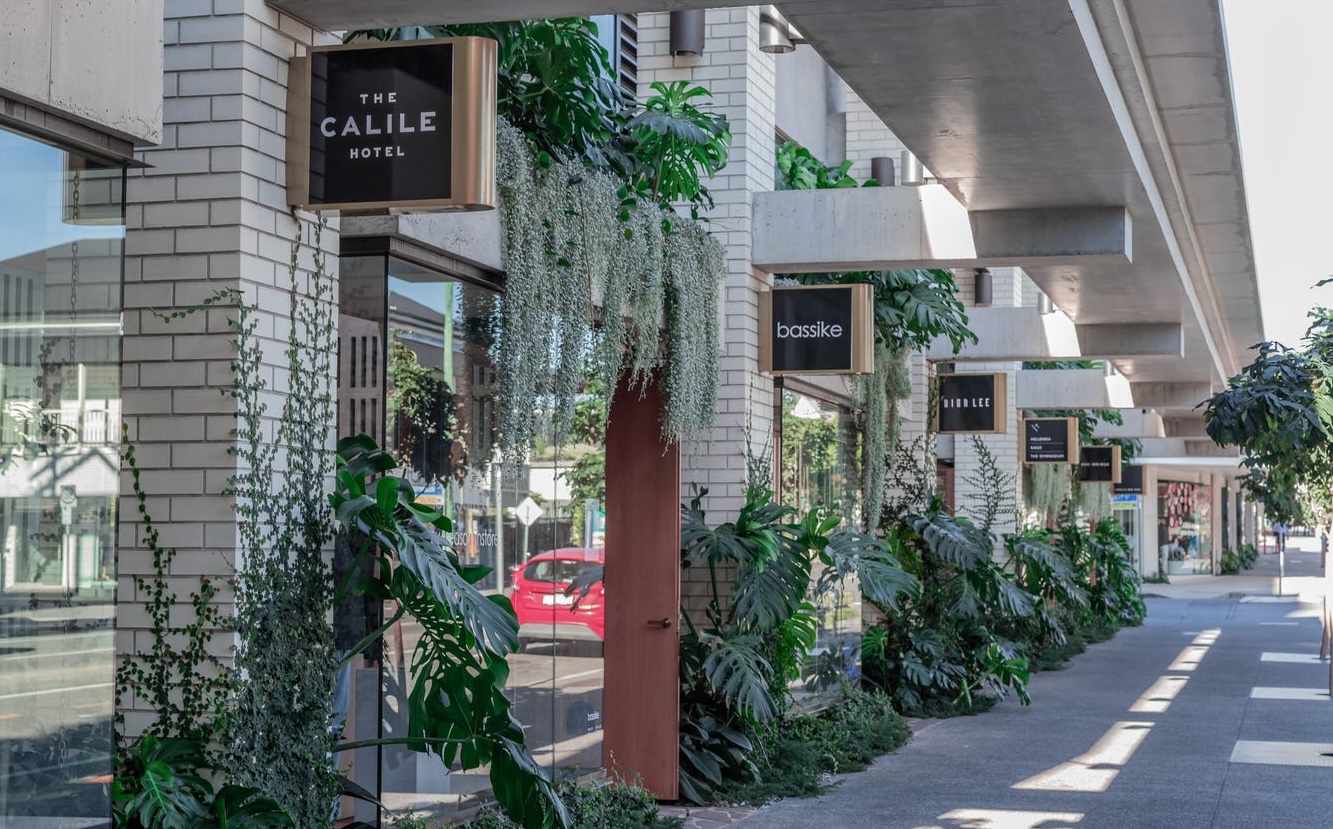
The ‘golden rings’ of opportunity include the Brisbane suburb of Fortitude Valley. Picture: realcommercial.com.au
Colliers Queensland chief executive Simon Beirne believes that rising demand for housing, retail and office space will drive above average capital growth, making these precincts key hotspots for developers, investors and businesses.
The Olympics will reshape Brisbane’s inner city with world class infrastructure, better public transport and an increase in investment.
“These once overlooked areas will experience unprecedented activation, evolving into high density, highly connected urban hubs”, he said. “Brisbane’s industrial and commercial property markets will also see significant growth. The Games will drive demand for logistics, warehousing and last-mile distribution centre, especially in key fridge areas where transport links are improving.”
Colliers Queensland researcher Pragya Sharma says the convergence of infrastructure, investment and opportunity is creating a powerful catalyst for creating pockets of growth across the surrounding precincts.
“The Exhibition Station upgrade will see improved connectivity, funnelling increased foot traffic into Fortitude Valley and Bowen Hills, creating prime opportunities for mix-use developments along Anderson Street, St Pauls Terrace, Warry Street and Gregory Terrance blending retail, commercial and high-density residential projects,” Ms Sharma said.
Meanwhile, Brisbane’s commercial office landscape is undergoing a significant shift, with an emerging corridor stretching from Bowen Hills to Woolloongabba set to be developed ahead of the Games.
Office space
The potential need for more office space has also been explored, with a report by Colliers suggesting that the Brisbane CBD will need up to 1.9 million sqm of additional office space by the time the Olympics arrive.
“This expansion of the CBD into fridge areas along a spine will provide the growth required to accommodate the office demand,” Colliers Office Leasing National Director Matt Kearney said.
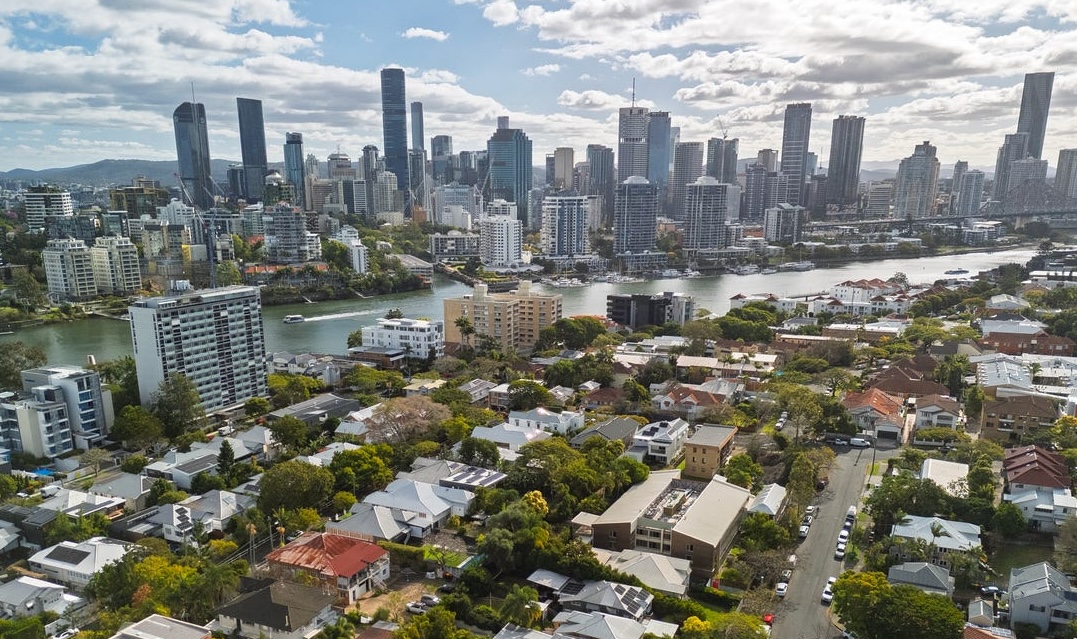
Brisbane’s CBD will need up to 1.9 million sqm of additional office space by the time the Olympics arrive according to Colliers. Picture: realestate.com.au
With limited long-term supply and several stock withdrawals adding pressure, demand is already beginning to spill into nearby precincts like Spring Hill, Roma Street, the Urban Renewal precinct and Inner South, Mr Kearney says.
“Where Sydney and Melbourne lean heavily on finance and professional services, Brisbane benefits from a more diverse economic base spanning healthcare, construction, education, logistics and professional services. That diversity provides a stronger platform for sustainable growth into new and emerging parts of the city,” he said.
The report analysed economic activity on the back of the Olympic Games in London in 2012, to discover that the benefits can extend well beyond the closing ceremony. More than a decade on, economic activity remains strong. The industrial market experienced a similar uplift.
Residential
House prices in Brisbane have already been booming ahead in recent years, but further growth is on the cards, according to analysis.
The PropTrack Home Price Index shows Brisbane has experienced a whopping 92.5% growth since September 2020, with median home values growing to $952,000, a record high.
Aside from the Olympic Games, Real Estate Institute of Queensland CEO Antonia Mercorella points to a diverse range of other sectors, including manufacturing, film production, professional services and science and technology.
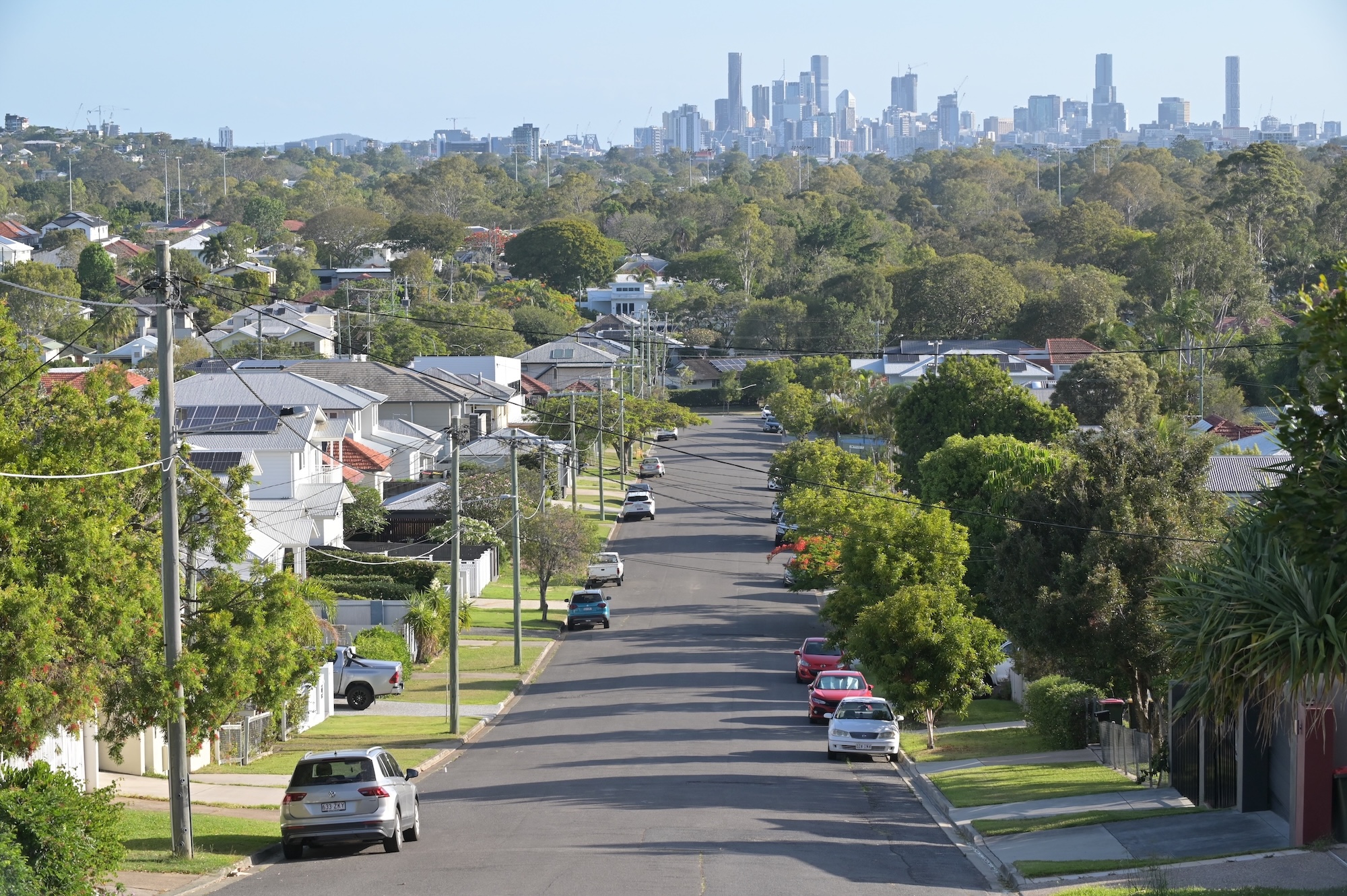
Home prices in Brisbane have almost doubled in five years. Picture: Getty
While the National Housing Accord target of 1.2 million new homes translates to around 49,300 new homes per year in Queensland, total dwelling completions reached around 33,700 over the 12 months to the March quarter of 2025, which is 32% below the target, she points out.
“Despite property prices climbing and the first step onto the property ladder getting harder, lending data indicates that first home buyer commitments in Queensland over the past year are increasing, now sitting just about historical averages,” Ms Mercorella said.

